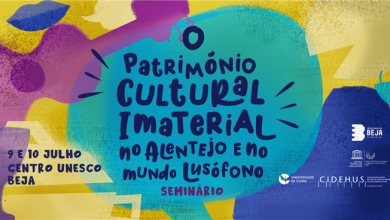Study reveals the biodiversity hidden in urban green spaces
A study published in the journal Science Advances describes the biodiversity hidden in parks and gardens in 56 cities around the world.
The study, which had the participation of researchers Jorge Durán and Alexandra Rodríguez, from the Center for Functional Ecology of the Faculty of Science and Technology, University of Coimbra (FCTUC), describes, for the first time, the soil microbiome of urban green spaces of diverse countries, from big cities like Beijing (China) or Cape Town (South Africa), to smaller cities like Coimbra (Portugal) or Alice Springs (Australia).
The scientific article now published shows that the soils of these urban green spaces are important “hotspots” of microbial diversity. However, similarly to what happens to plants and birds, such as wild pigeons, many of the microbial species that inhabit these spaces can be found in parks around the world.
«Urban green spaces throughout the world are very similar, often with similar lawns and management practices, which tend to homogenize the microbes that live in cities in very different areas,» explains Jorge Durán.
The study authors note that urban green spaces are essential for the physical and mental health of all citizens. But they are also «an important refuge of animal and plant biodiversity, facilitating the connection between the natural ecosystems of different cities. Urban green spaces are vital to human well-being as they are often the only contact people have with nature».
If, on the one hand, we already have a clear idea of which species of plants and birds inhabit our urban green spaces, «very little is known about the diversity under our feet, despite constituting the largest portion of biodiversity in our parks and gardens. These microbes are in direct contact with us when we spend time outdoors playing sports and socializing in parks, and they play an important role in promoting our immune regulation system and reducing allergies,» they add.
The study also highlights that urban green spaces contain a higher proportion of plant and fungal pathogens and a lower predominance of symbiotic microbes compared to natural ecosystems. In addition, city park soils have more genes associated with resistance to antibiotics, human pathogens, greenhouse gas emissions, and resistance to environmental stress than natural areas.
This study further demonstrates that socioeconomic and climatic conditions can influence the microbes that inhabit our parks, with evidence that more densely populated cities have a higher proportion of key antibiotic resistance genes and that warmer cities have a greater amount of plant pathogenic fungi.






